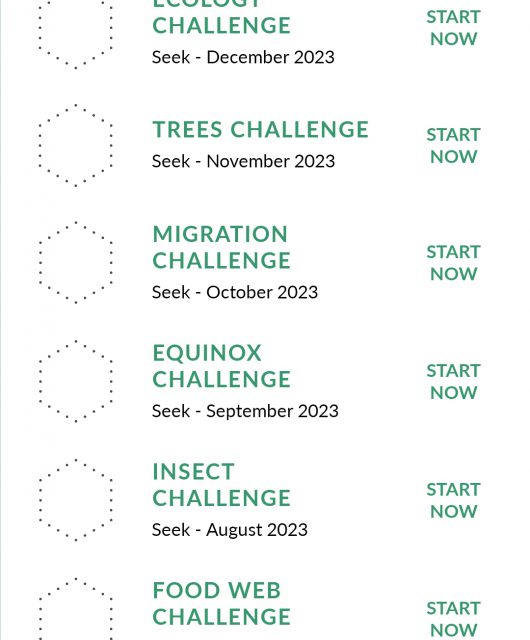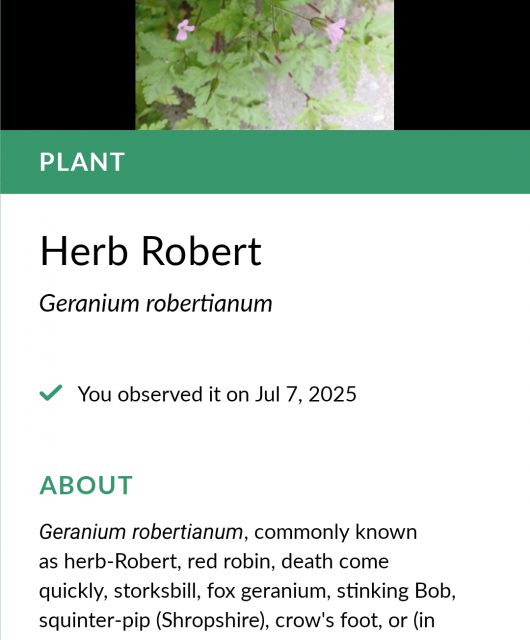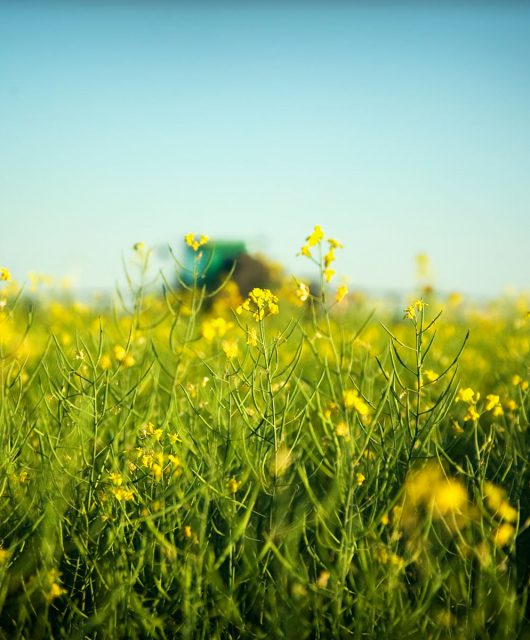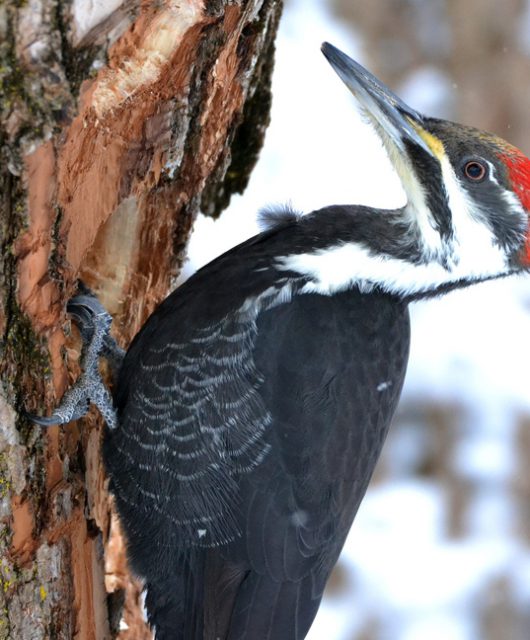If you are looking for a way to get kids outside and interested in the nature around them, then Seek might be for you.
This app, recently updated, was created by iNaturalist and helps users identify plants, animals and fungi with their phone. iNaturalist is a worldwide online platform that allows people to share photos of nature sightings by posting them and getting help with identification. It also has many resources for learning and is a terrific way to help scientists keep track of populations and be alerted to new sightings.
The big difference between the Seek and iNaturalist apps is that Seek is safe and child-friendly – you don’t need an account, no data is shared and no messaging is possible. Seek can also be used without internet connection for identification purposes, which is another bonus if you wish to limit access or if data is an issue. That said, adults also use Seek, as a way to get instant identification, where possible.
Seek is easy to use and a great way to learn about nearby nature without needing accounts or submitting data
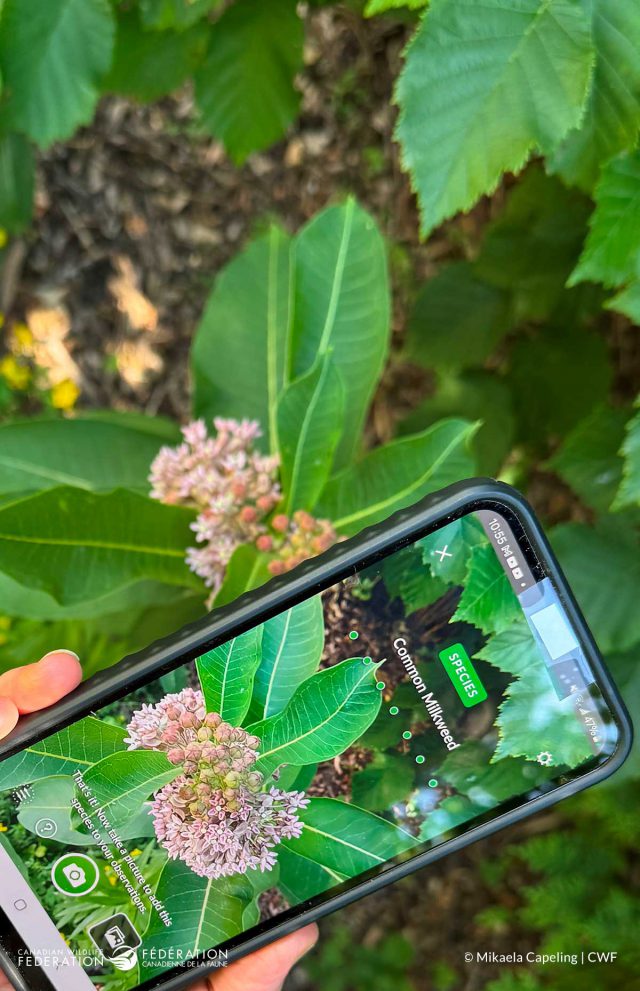
Seek is easy to use with an attractive layout and clear navigation. When you point your phone over a plant, animal or fungi, the app immediately searches to identify it, drawing from the large iNaturalist database. While the app can identify what your phone focuses on without needing to take a photo, if a photo is taken, then that is what creates the personal record of the sighting. If you happen to take photos of the same species later on, Seek gives you the option to either update the image you had already used or leave it as is.
Once you are connected to the internet, Seek can tell you several things about the species beyond the name, such as how many iNaturalist sightings there have been locally and globally, the best times to spot it (based on iNaturalist sightings), the taxonomy (the classification of that organism such as what family it belongs to), and a regional map of where it’s been seen by iNaturalist users.
You can view your observations, get information about species and earn badges with observations and completing challenges
This can be engaging enough for some kids, but more fun can be had with Seek’s premade challenges. Examples include a bee challenge, forests challenge, wildflower challenge and vertebrate water predator challenge. Badges can be earned along the way from sightings alone as well as from completing these challenges.
There are times when Seek cannot identify an image. In these cases, it is recommended to approach from different angles, zoom in so there aren’t other organisms in the background or try a different part, in the case of plants where you can focus on a flower or leaf or seedhead, for example. Also note that areas with a large iNaturalist community will have a larger database to draw from. If your community or region does not have this but you’d like to see this increase, perhaps encourage the community to join iNaturalist by spreading the word via your local nature club, library, municipality etc.
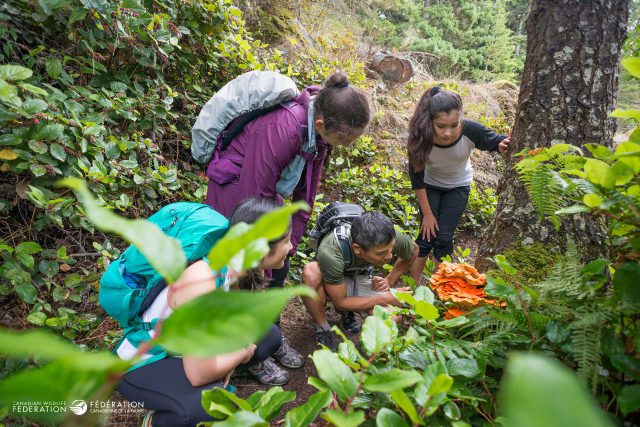
Seek can encourage a lifelong interest in discovering and supporting the natural world around them
Seek can be a great way to keep the door open to a naturally curious mind as children grow up and move from simply playing outside to playing on their phones. But it can also foster a lifelong mindset of citizen science. As the child grows, they may wish to create an iNaturalist account, with those under 13 needing parental permission. For users with an iNaturalist account, there is an easy option to post their sighting to iNaturalist as well.
For other nature monitoring programs, check out NatureWatch.ca which has a few options, from frogs to plants and MonarchWatch.org for those beautiful iconic butterflies.
Download the app or check out their well-written user guide with lots of images to help you get started. You may also wish to refer to the iNaturalist Educator’s Guide which has lots of great information on using iNaturalist with youth.

